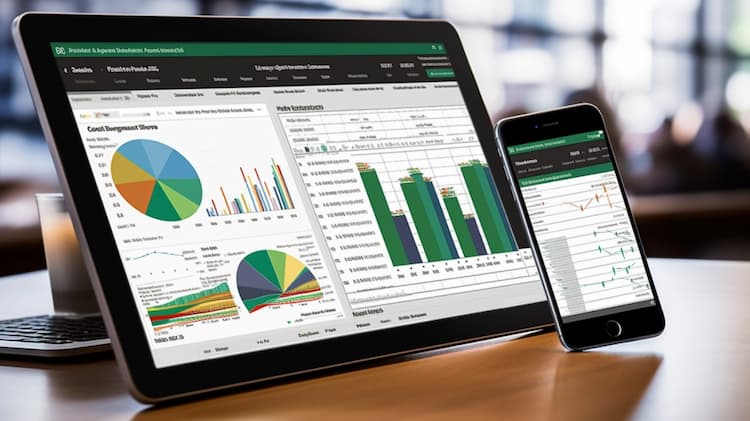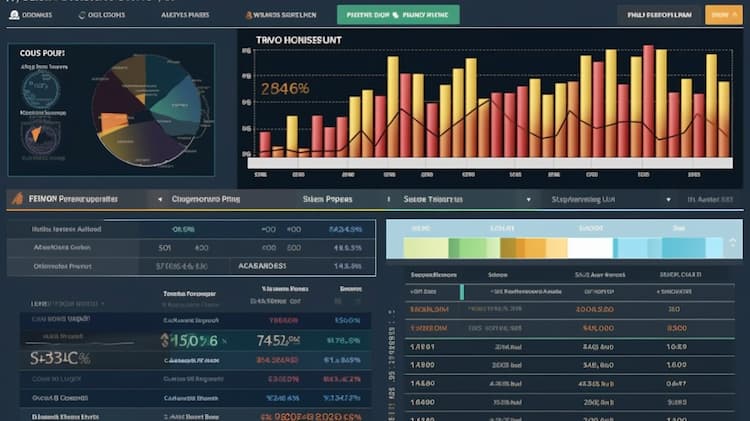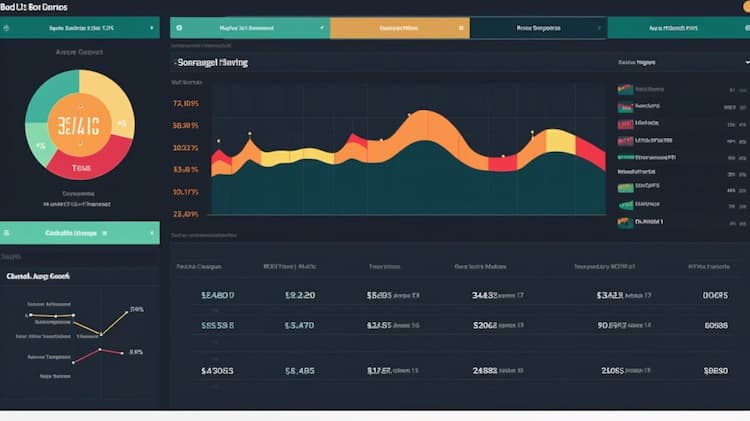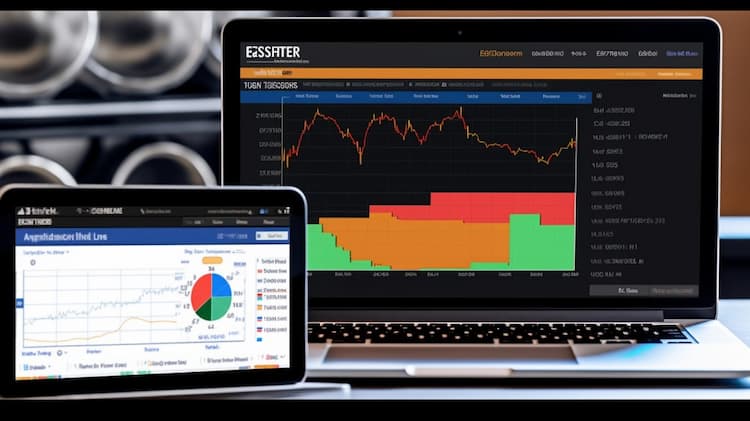
XLE VS XOP
Exchange-Traded Funds (ETFs) have revolutionized the investment world, offering diversified exposure across various sectors and asset classes. In this article, we will delve into a comprehensive comparison between two popular ETFs: XLE (Energy Select Sector SPDR Fund) and XOP (SPDR S&P Oil & Gas Exploration & Production ETF). We'll take a close look at their ETF tickers, full names, issuers, sectors, top holdings, capitalization, strategy, tracking, and exposure.
XLE Vs XOP: Overview
XLE and XOP are two ETFs that cater to investors seeking exposure to the energy sector, specifically within the oil and gas industry. While both focus on energy, their underlying strategies and holdings differ significantly, leading to varying levels of risk and potential returns.
XLE Vs XOP: Sectors and Top Holdings
The XLE ETF aims to provide investors with exposure to the energy sector's broader scope, including integrated oil companies, exploration, production, refining, and distribution. Its top holdings typically include major companies like Exxon Mobil, Chevron, and ConocoPhillips. On the other hand, XOP zooms in on the exploration and production subset of the industry, investing in smaller companies involved in finding and extracting oil and gas reserves. This focused approach means that its top holdings might consist of firms like Diamondback Energy, Pioneer Natural Resources, and Concho Resources.
Understanding the sectors and top holdings of these ETFs is crucial for investors who wish to align their portfolios with specific segments of the energy industry, while also considering the associated risks and potential rewards.
 XLE overlap XLE VS XOP
XLE overlap XLE VS XOP
XLE Vs XOP: Capitalization and Strategy
The XLE ETF boasts a substantial asset under management (AUM) due to its broader energy sector exposure, which tends to attract a wider range of investors. Its strategy centers around tracking the performance of the energy sector as a whole. In contrast, XOP's strategy zeroes in on the exploration and production sub-industry, which can lead to greater volatility and potential for higher returns. The difference in capitalization and strategy between XLE and XOP highlights the importance of matching an ETF's focus with an investor's risk tolerance and investment objectives.
XLE Vs XOP: Tracking and Exposure
XLE aims to provide investors with exposure to a diverse range of energy-related stocks, which are selected and weighted based on their market capitalization. Its performance is closely tied to the energy sector's overall performance. On the other hand, XOP tracks an index that specifically targets companies engaged in the exploration and production of oil and gas. This targeted approach can lead to more pronounced swings in performance, driven by factors unique to the exploration and production industry.
Investors must recognize these differences in tracking and exposure to ensure they are selecting the ETF that best aligns with their investment strategy and risk appetite.
Conclusion
XLE and XOP are distinct ETFs catering to investors interested in the energy sector, albeit with differing focuses and strategies. To gain deeper insights into their holdings, correlations, overlaps, and more, the ETF Insider platform is the ultimate tool to explore. With a user-friendly app, it empowers investors with comprehensive information on these and other financial instruments.
Disclaimer: This article is intended for informational purposes only and does not provide any investment advisory services.
Sources:
https://www.ssga.com/ XOP ETF issuer
https://www.ssga.com/us/en/intermediary/etfs/funds/spdr-sp-oil-gas-exploration-production-etf-xop XOP ETF official page
XLE quote and analysis
Discover the top holdings, correlations, and overlaps of ETFs using our visualization tool.
Our app allows you to build and track your portfolio.
To learn more about the XLE Energy Select Sector SPDR Fund, access our dedicated page now.
FAQ
Why is XLE better than XOP?
XLE may be considered better than XOP for some investors due to its specific focus, offering diversification.
Does XOP beat XLE?
XOP's performance relative to XLE will vary over time, depending on market conditions.
Should I invest in XLE or XOP?
The choice between XLE and XOP should align with your investment goals, risk tolerance, and desired exposure.
Are XLE and XOP good investments?
Both XLE and XOP can be suitable investments depending on individual investment strategies, goals, and risk profiles.
What is the correlation between XLE and XOP?
The correlation between XLE and XOP can vary over time, reflecting differences in performance.
























